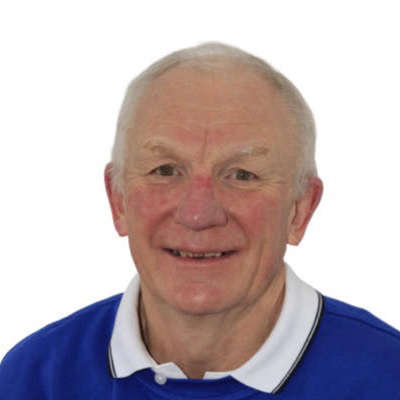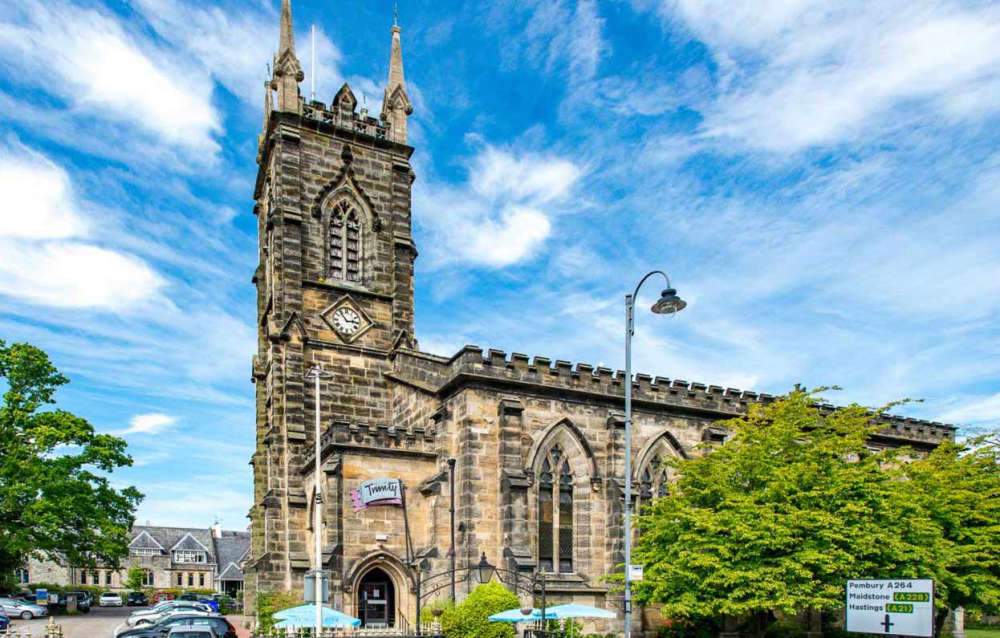
Holy Trinity Church was once filled with parishioners before its popularity dwindled until its final service was held in 1972.
The church in the centre of Tunbridge Wells was declared pastorally redundant but the church commissioners gave local people a year to raise the funds to take over the building.
The community plan was to turn the church into a theatre and arts centre.
Our reporter Alex Hakes spoke to local historian Philip Whitbourn OBE who helped to save the building and give it new life.
Philip Whitbourn tells us: "It was done on a shoestring. It was a community project - saved by the community and kept running by the community."
Listen to the full interview here:
Philip Whitbourn explains how at start of 1800s Tunbridge Wells only had a population of 1,000 with a small chapel.
But the population grew rapidly and Decimus Burton designed Holy Trinity for growing congregations.
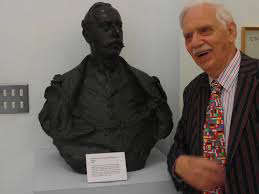
Cannon Hoare was vicar at Holy Trinity for 40 years. He was a remarkable speaker and people flocked to hear him, helping boost the town's population further. Philip Whitbourn explains that you had to arrive early to get a seat in the 1,500 seat church.
By the end of the 1800s, Tunbridge Wells had rapidly grown to a population of 30,000.
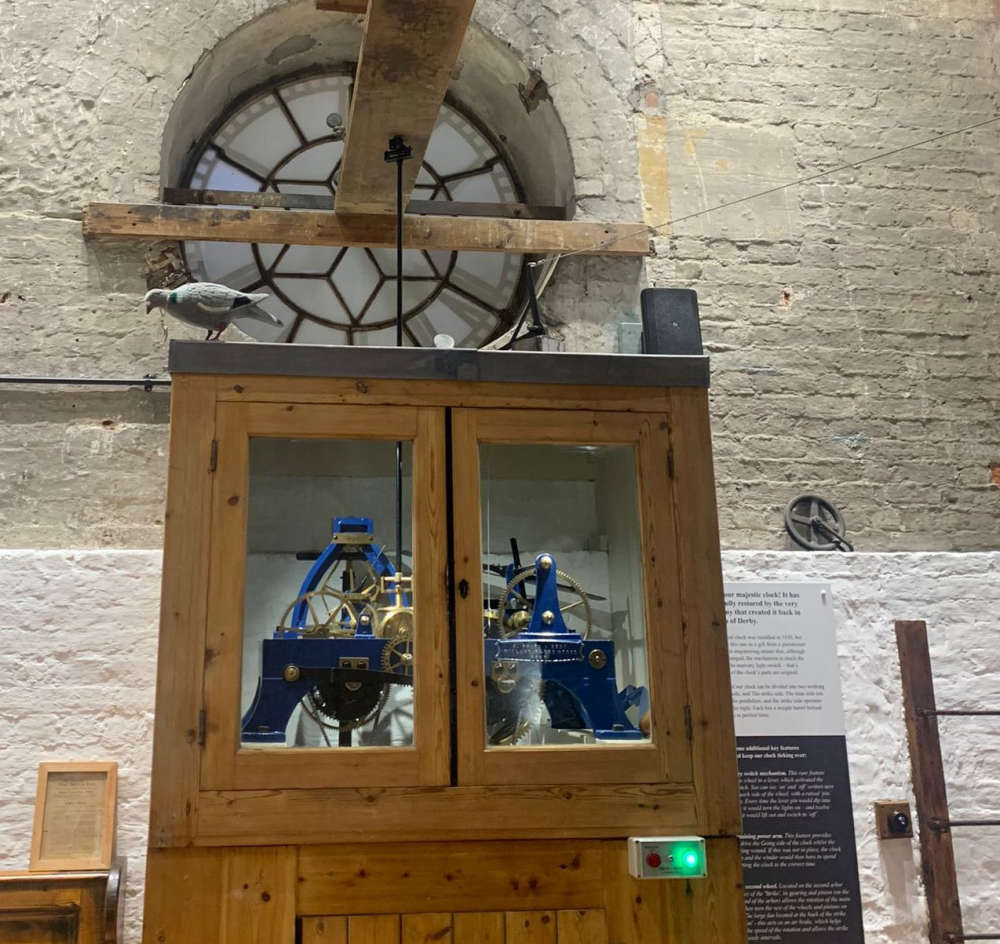
In a separate feature, Alex Hakes talks to Roger Norton about filling the gaps in Trinity Theatre's archives of performances since the 1970s.
This 4 minute piece also explains how the clocktower has been opened up at Trinity to showcase its history. Alex heard the details from Laura Humphrey.
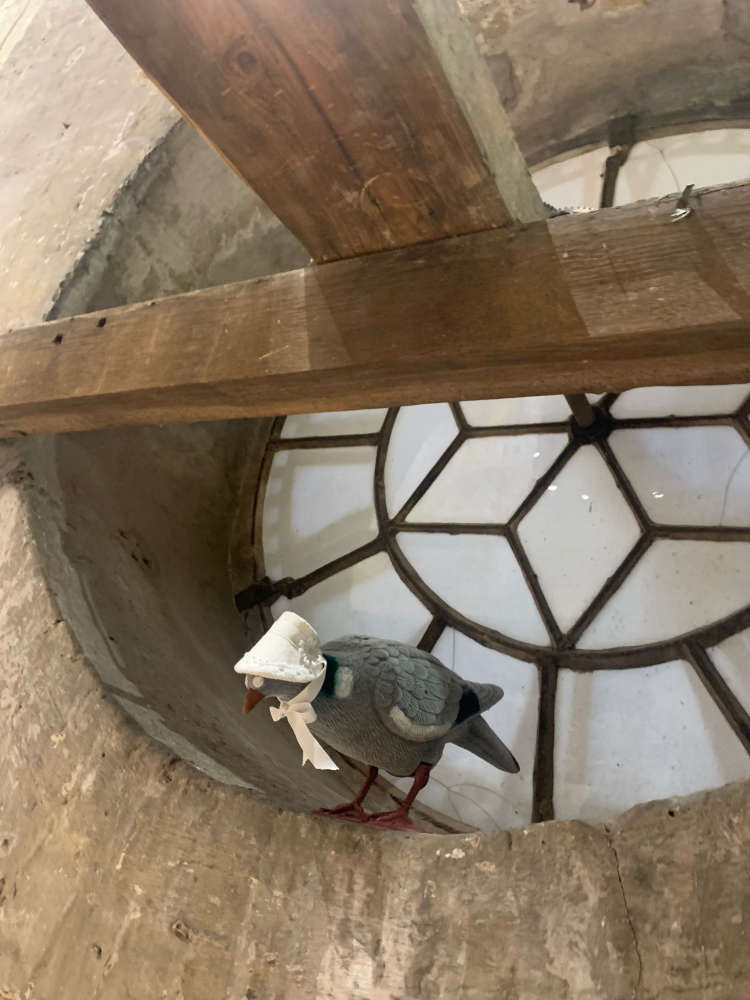
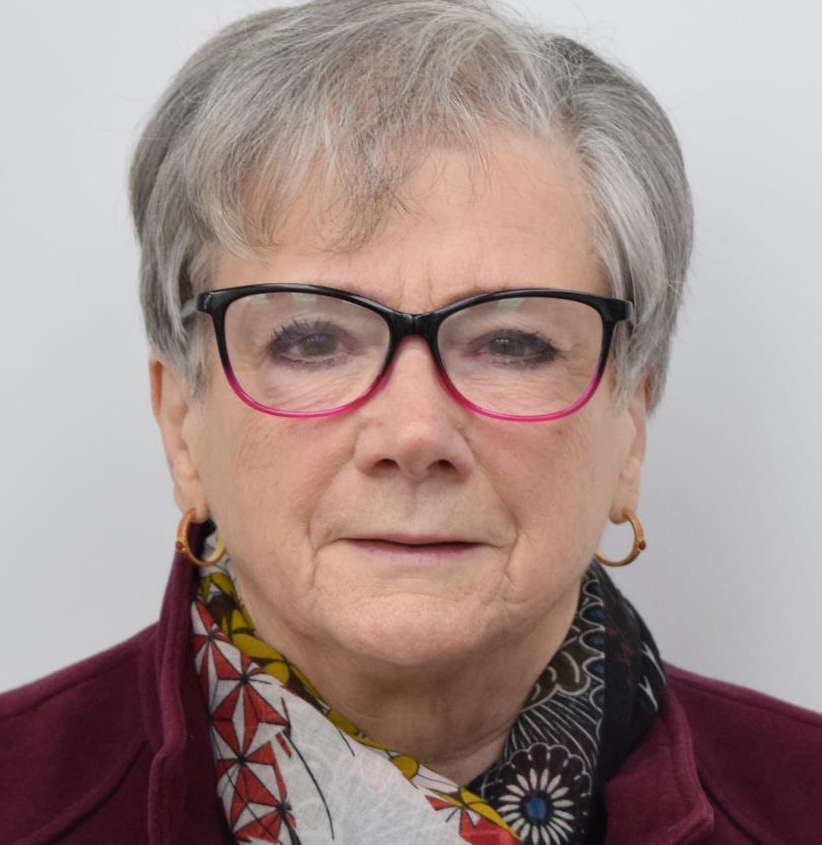 Soroptimist Group Helps Local Women
Soroptimist Group Helps Local Women
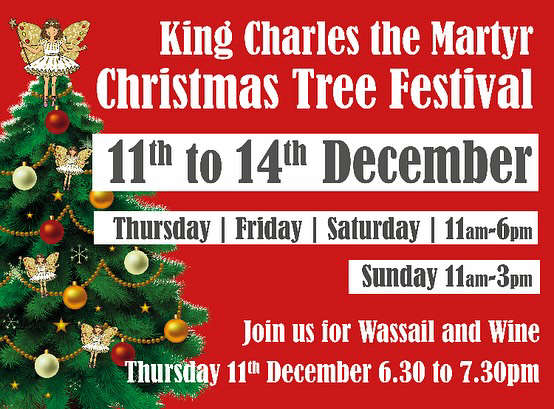 Christmas Tree Festival
Christmas Tree Festival
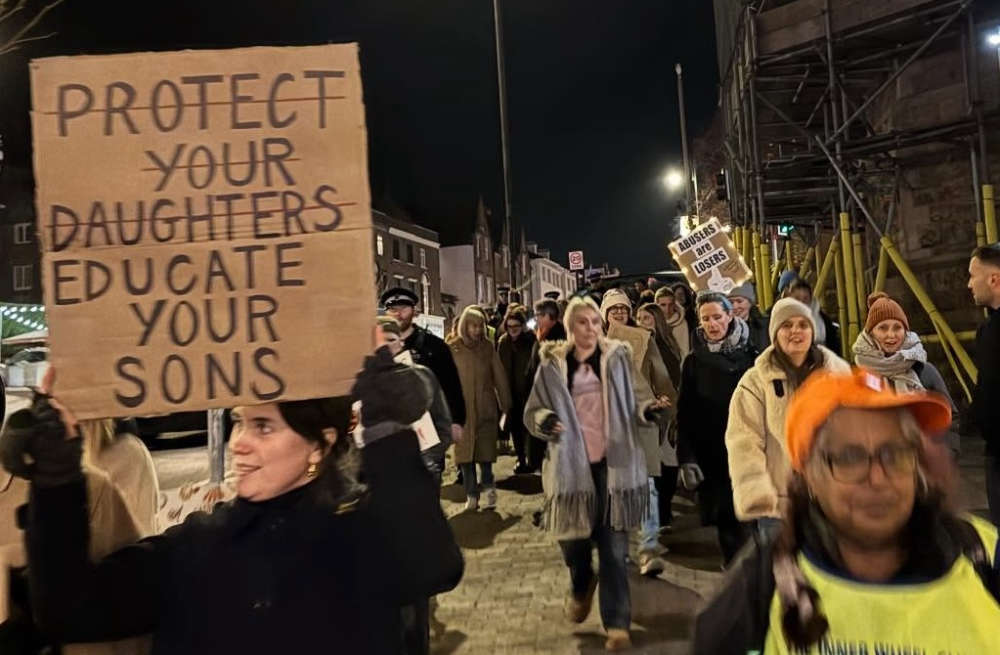 Safer Streets for Women
Safer Streets for Women
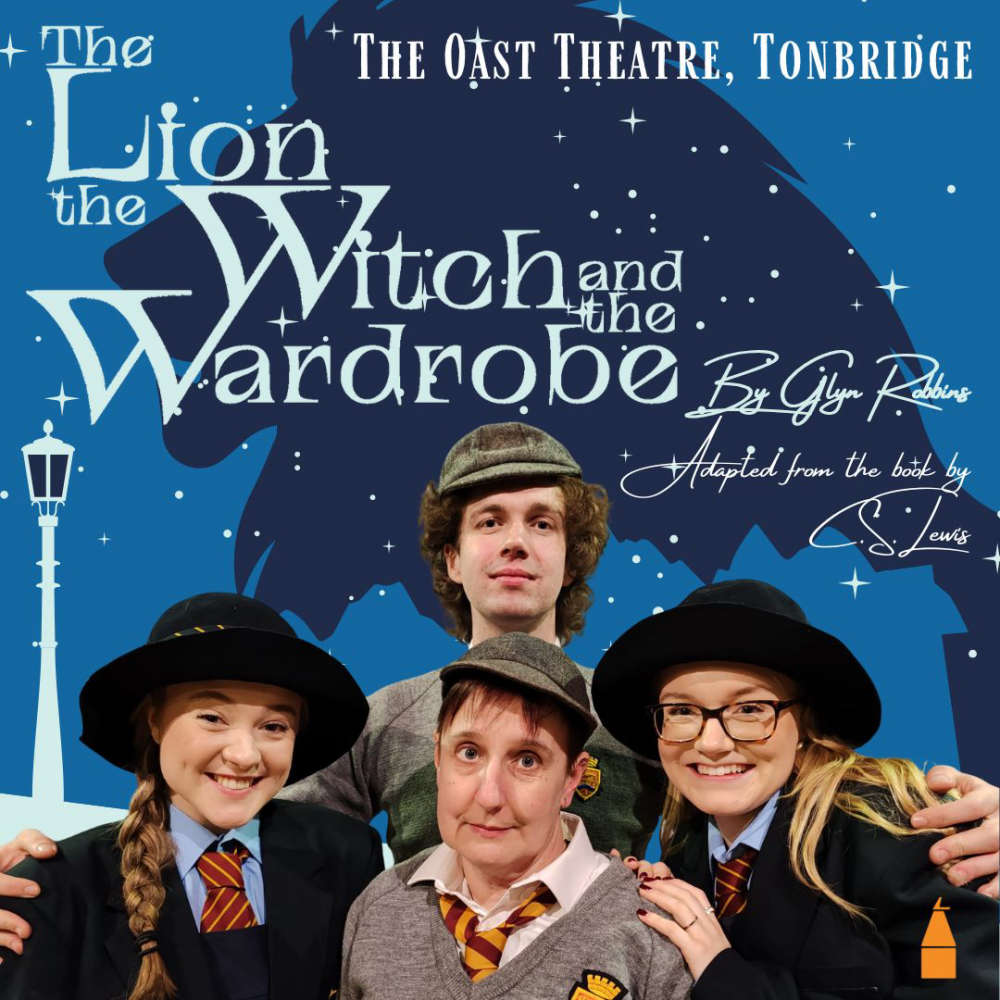 The Lion, the Witch and the Wardrobe
The Lion, the Witch and the Wardrobe
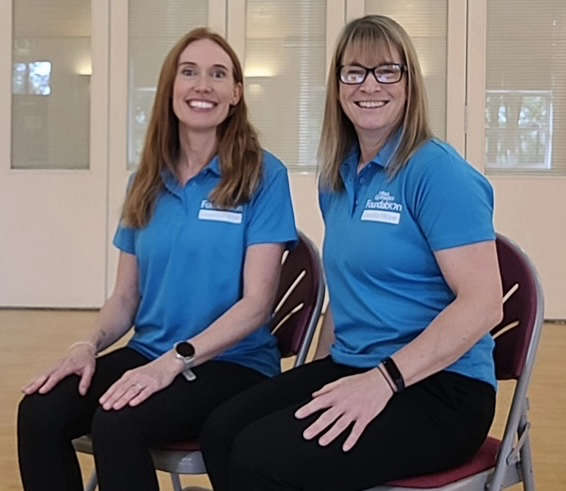 Gymnastics for People with Dementia
Gymnastics for People with Dementia
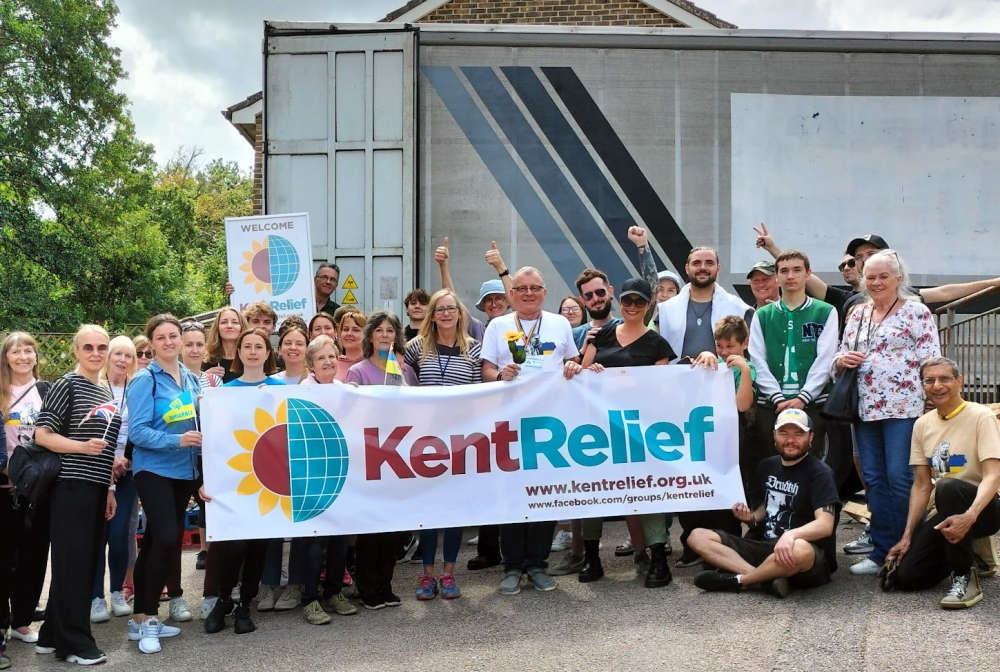 Kent Relief Helps Ukraine
Kent Relief Helps Ukraine
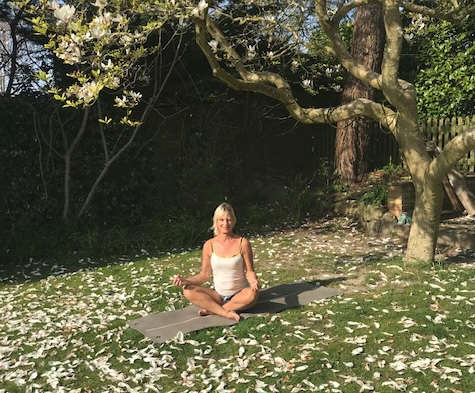 Improving Body and Mind
Improving Body and Mind
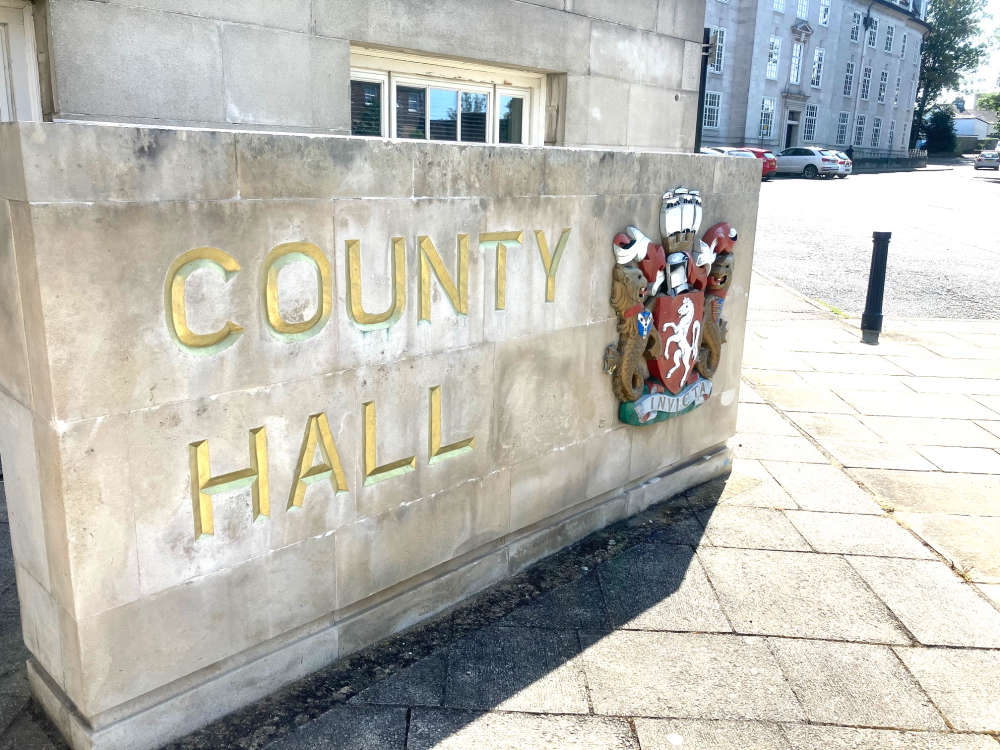 Have Reform Made Savings at KCC?
Have Reform Made Savings at KCC?
